JSON can be either an array or an object. Specifically off of json.org:
JSON is built on two structures:
- A collection of name/value pairs. In various languages, this is
realized as an object, record,
struct, dictionary, hash table,
keyed list, or associative array.
- An ordered list of values. In most languages, this is realized as an
array, vector, list, or sequence.
It then goes on to describe the two structures as:


Note that the starting and ending characters are curly brackets and square brackets respectively.
Edit
And from here: http://www.ietf.org/rfc/rfc4627.txt
A JSON text is a sequence of tokens.
The set of tokens includes six
structural characters, strings,
numbers, and three literal names.
A JSON text is a serialized object or array.
Update (2014)
As of March 2014, there is a new JSON RFC (7159) that modifies the definition slightly (see pages 4/5).
The definition per RFC 4627 was: JSON-text = object / array
This has been changed in RFC 7159 to: JSON-text = ws value ws
Where ws represents whitespace and value is defined as follows:
A JSON value MUST be an object, array, number, or string, or one of
the following three literal names:
false null true
So, the answer to the question is still yes, JSON text can start with a square bracket (i.e. an array). But in addition to objects and arrays, it can now also be a number, string or the values false, null or true.
Also, this has changed from my previous RFC 4627 quote (emphasis added):
A JSON text is a sequence of tokens. The set of tokens includes six
structural characters, strings, numbers, and three literal names.
A JSON text is a serialized value. Note that certain previous
specifications of JSON constrained a JSON text to be an object or an
array. Implementations that generate only objects or arrays where a
JSON text is called for will be interoperable in the sense that all
implementations will accept these as conforming JSON texts.

